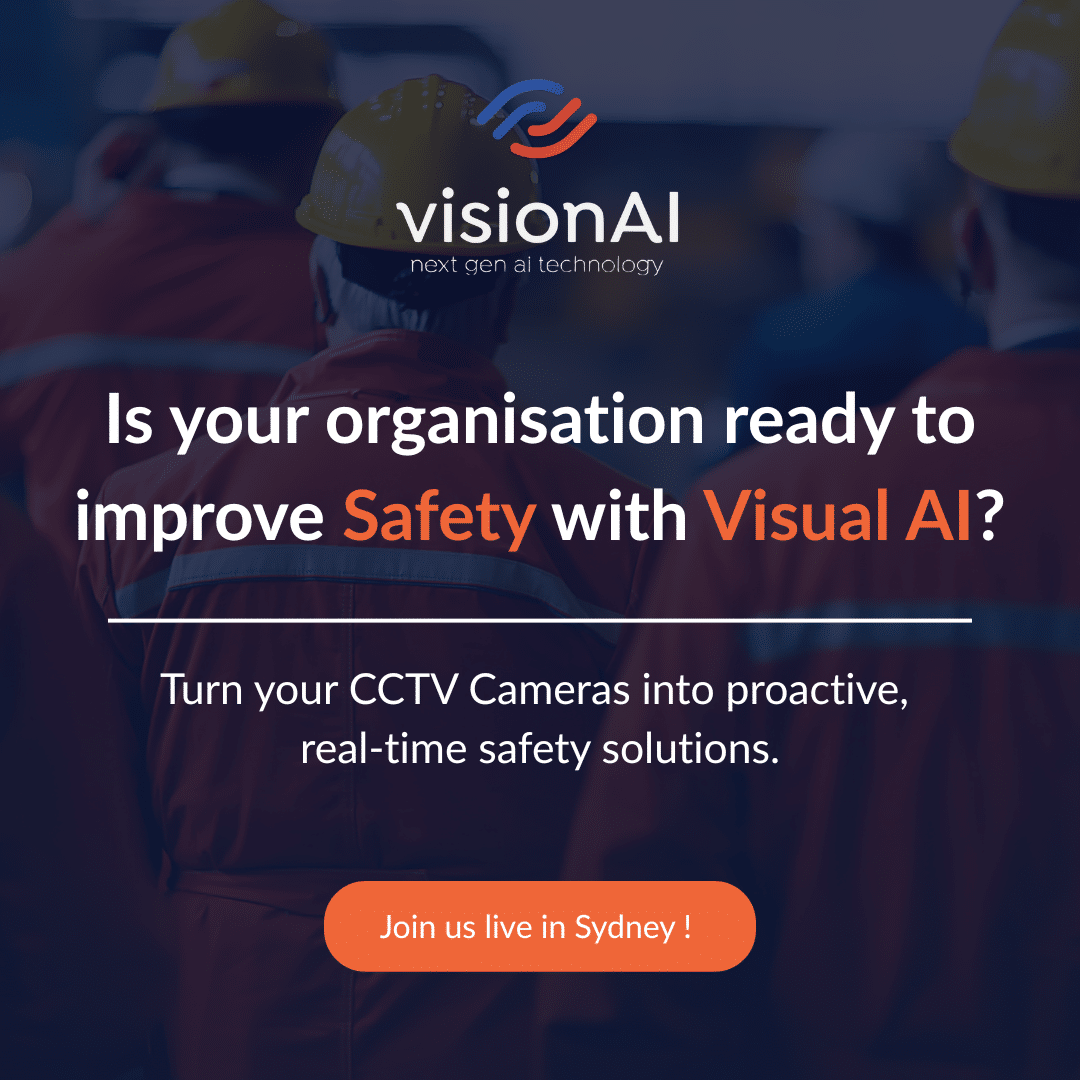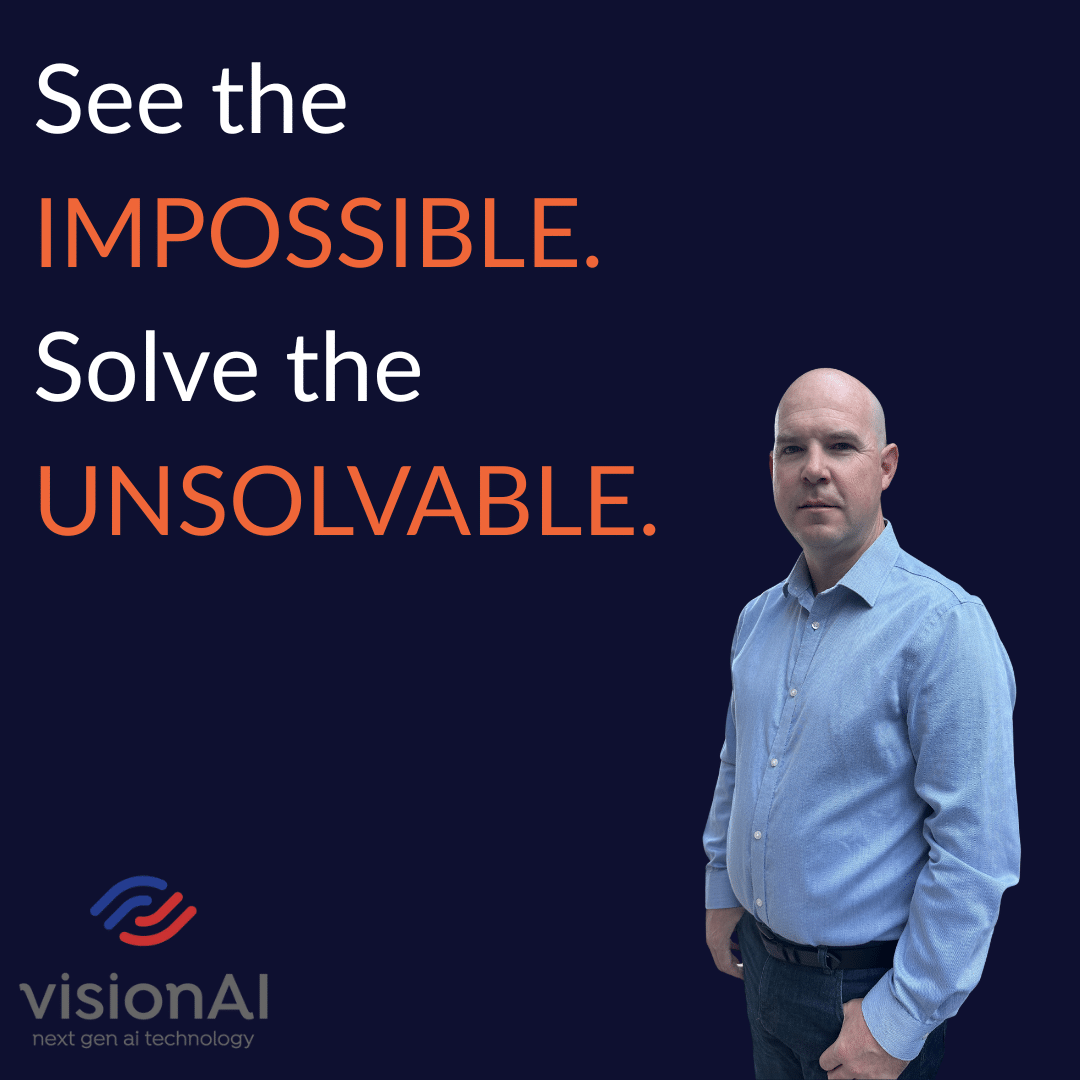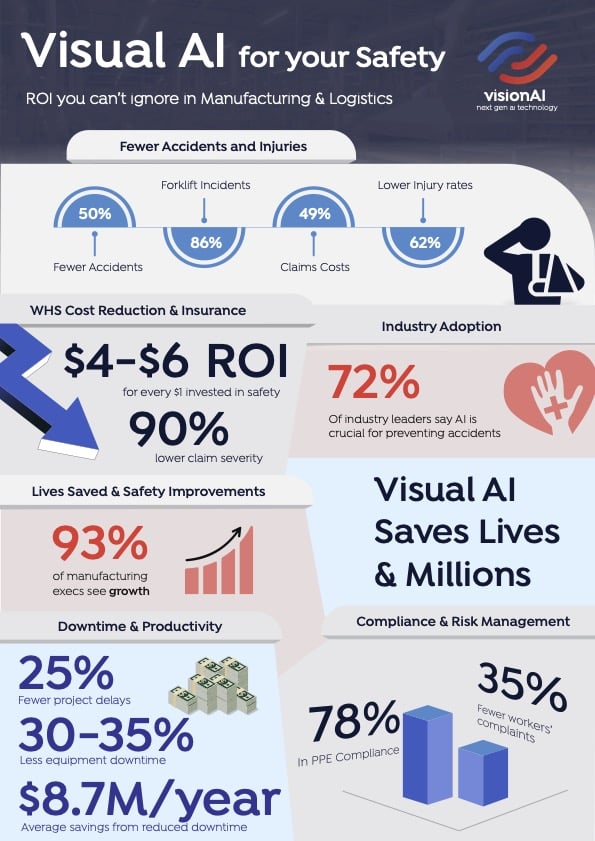In the cut-throat world of insurance, insurers must do everything in their power to gain a competitive edge, and processing claims with lightning speed is a crucial aspect of that. The modern customer demands quick and efficient service, and AI, particularly computer vision AI, has emerged as a game-changing solution. With its remarkable ability to analyze and interpret vast amounts of information from documents, images, and videos, computer vision AI is revolutionizing the way insurers handle claims, providing them with an edge that could make all the difference in attracting and retaining customers.
In our fast-paced world, time is a precious commodity, and waiting days, weeks, or even months for insurance claims to be processed is simply unacceptable. However, some innovative insurers, particularly in the life insurance sector, have already begun to shatter the status quo by automating their document-heavy claims processes. Thanks to cutting-edge AI technology, they can now process claims in mere minutes, providing customers with unparalleled speed and efficiency. But this is just the tip of the iceberg. The entire insurance industry is currently undergoing a rapid digital transformation, driven by the urgency to keep up with AI advancements. As the race for AI automation adoption heats up, we can expect to see major improvements in processing times across the industry, ultimately benefiting customers and insurers alike.
Here’s how insurers can use the power of AI to streamline their operations:
Document-heavy claims
Optical Character Recognition (OCR) is widely known for converting unstructured data into structured, usable data. However, many insurers have yet to realize the full potential of advanced AI layers, such as document classification (identifying document types), data extraction (locating and retrieving relevant data within documents), and data validation and correction (ensuring data accuracy based on unique organizational rules). Implementing these advanced AI features streamlines document-heavy claims, ultimately speeding up claims processing time with an increasing percentage of straight-through processing ability.
Accurate payouts
By extracting essential data fields like bank account numbers from bank statements, insurers can verify that the account belongs to the claimant and is active. This step is crucial for ensuring claims are paid out quickly and accurately, reducing the chances of errors and delays that could harm customer satisfaction.
Detailed visual inspections
Claims involving motor vehicle damage or property inspections often require analysis of photos or videos submitted by claimants or inspectors. When processing a high volume of claims, the role of AI becomes valuable in helping make better, more objective underwriting and claims decisions. This technology opens the door to the potential automation of visually dependent claims processing, streamlining assessments, and reducing human error.
Data accuracy
In claims processing, AI’s role is to identify, read, and collect essential data from documents and analyze images. Meanwhile, humans are responsible for reviewing and training AI models to maximize accuracy. Human context is invaluable when the AI encounters scenarios it’s not fully confident about, allowing for continuous improvement in accuracy over time. Finding tools that enable an effective collaboration between AI and human expertise is vital for maintaining high data accuracy.
Human + AI future-proofing
AI replacing human jobs is a common concern. However, AI alone won’t replace jobs; instead, humans effectively leveraging AI will have a competitive advantage. Organizations that embrace the new era of work and foster a culture of empowering their people with AI and recognizing that those who find the balance of playing both human and machine to their individual strengths will lead the race. This shift is not about data scientists with AI but more about empowering the people at the coalface – claims specialists, assessors, and administrators who are experts in their own domain. They are the ones that can add massive value to their organizations when empowered with AI tools that streamline their daily tasks and enhance decision-making.
Seamless integration
Automating claims processes requires integrating key systems. Contrary to popular belief, AI doesn’t always require new, expensive systems or data scientist teams. AI tools can work within existing processes and systems, addressing specific problems without requiring costly overhauls. Seamless integration of AI solutions ensures minimal disruption.
Fraud detection
Facial recognition, liveness detection, and cross-referencing proof of life against ID document verification can be used at any stage of insurance processes. This technology enhances the security and accuracy of the verification process, completing identity checks in under 60 seconds. Fast and secure identity verification ensures claims are processed promptly, improving the overall customer experience and importantly reducing fraud.
There is no doubt that the implementation of AI technology is transforming the insurance industry, with insurers utilizing AI to improve their processes and provide their customers with faster, more accurate, and efficient service. From rapid claims processing and more accurate data to fraud reduction, AI offers a wide range of benefits that help insurers stay competitive and meet the evolving needs of their customers. With the ongoing advancements in AI technology, we can expect to see even more innovative solutions that will continue to revolutionize the insurance industry in the years to come.




